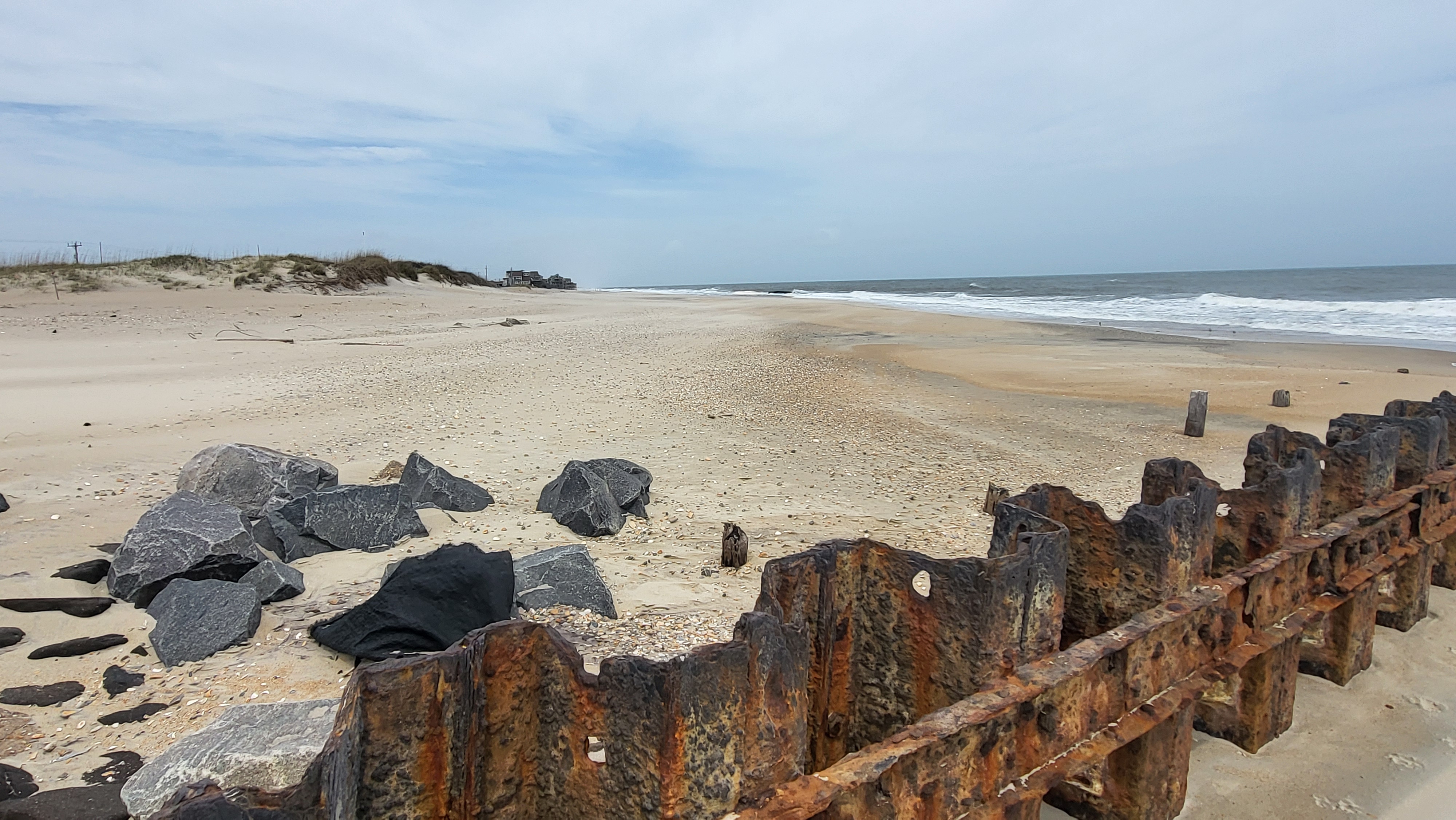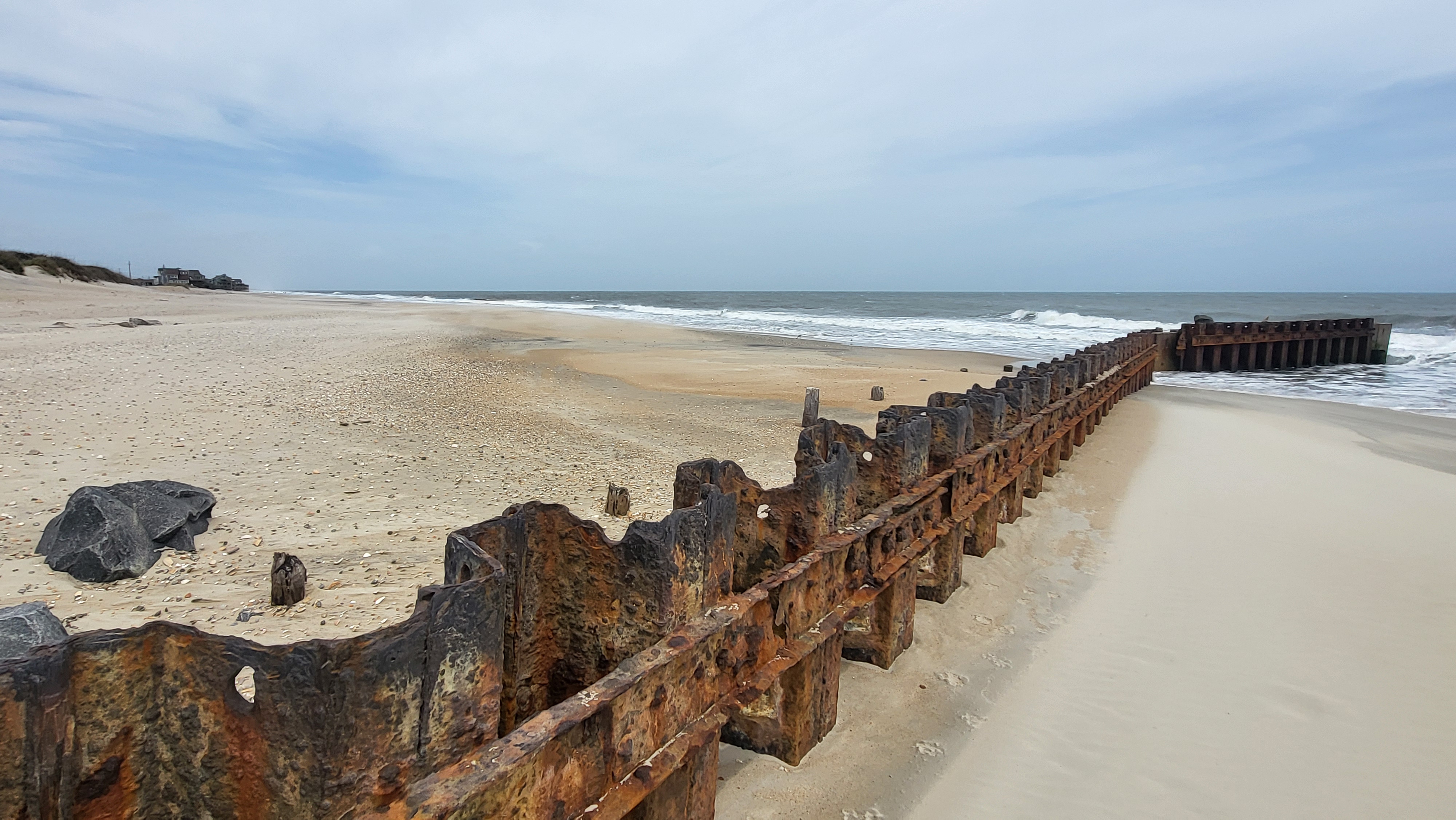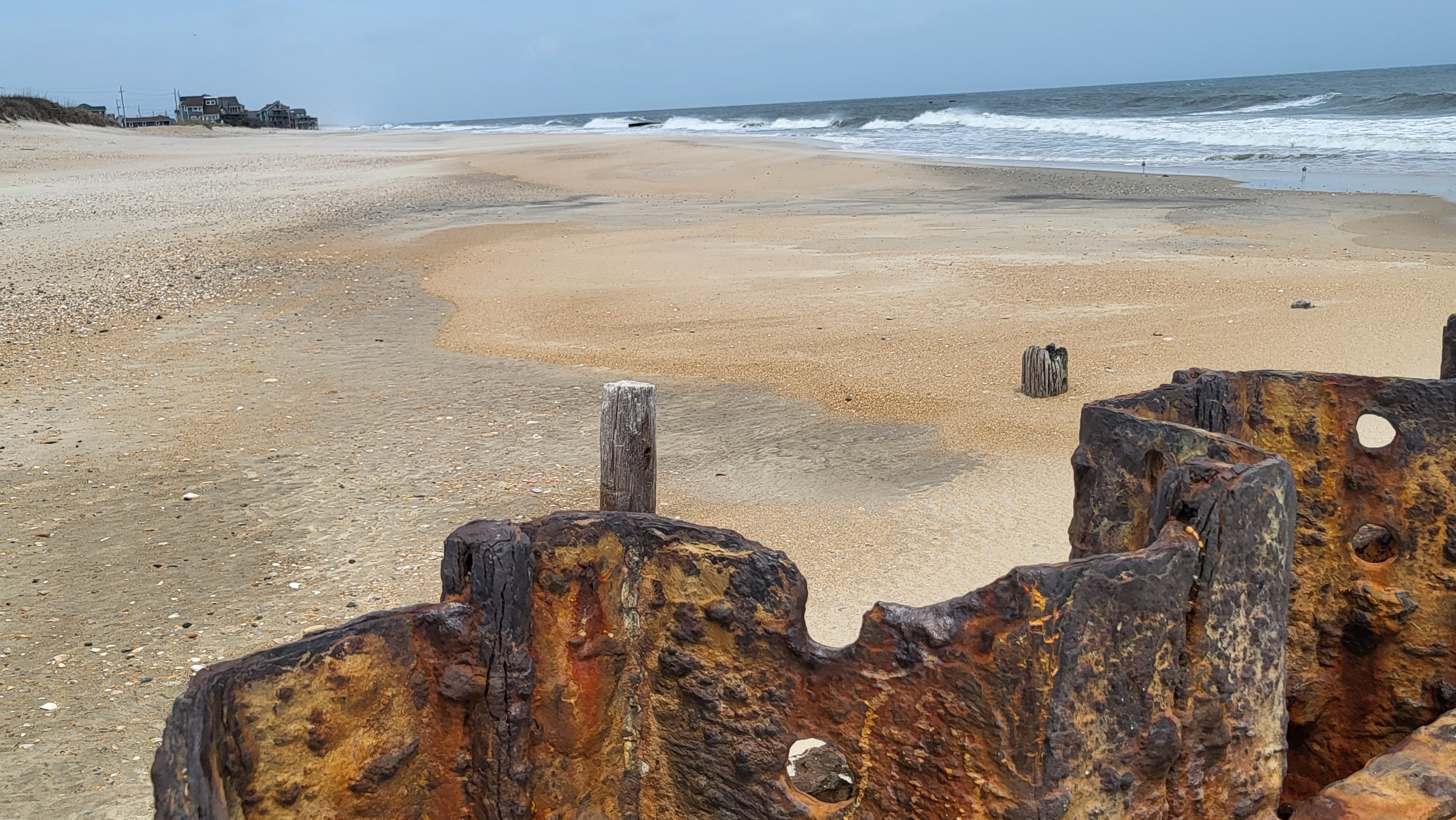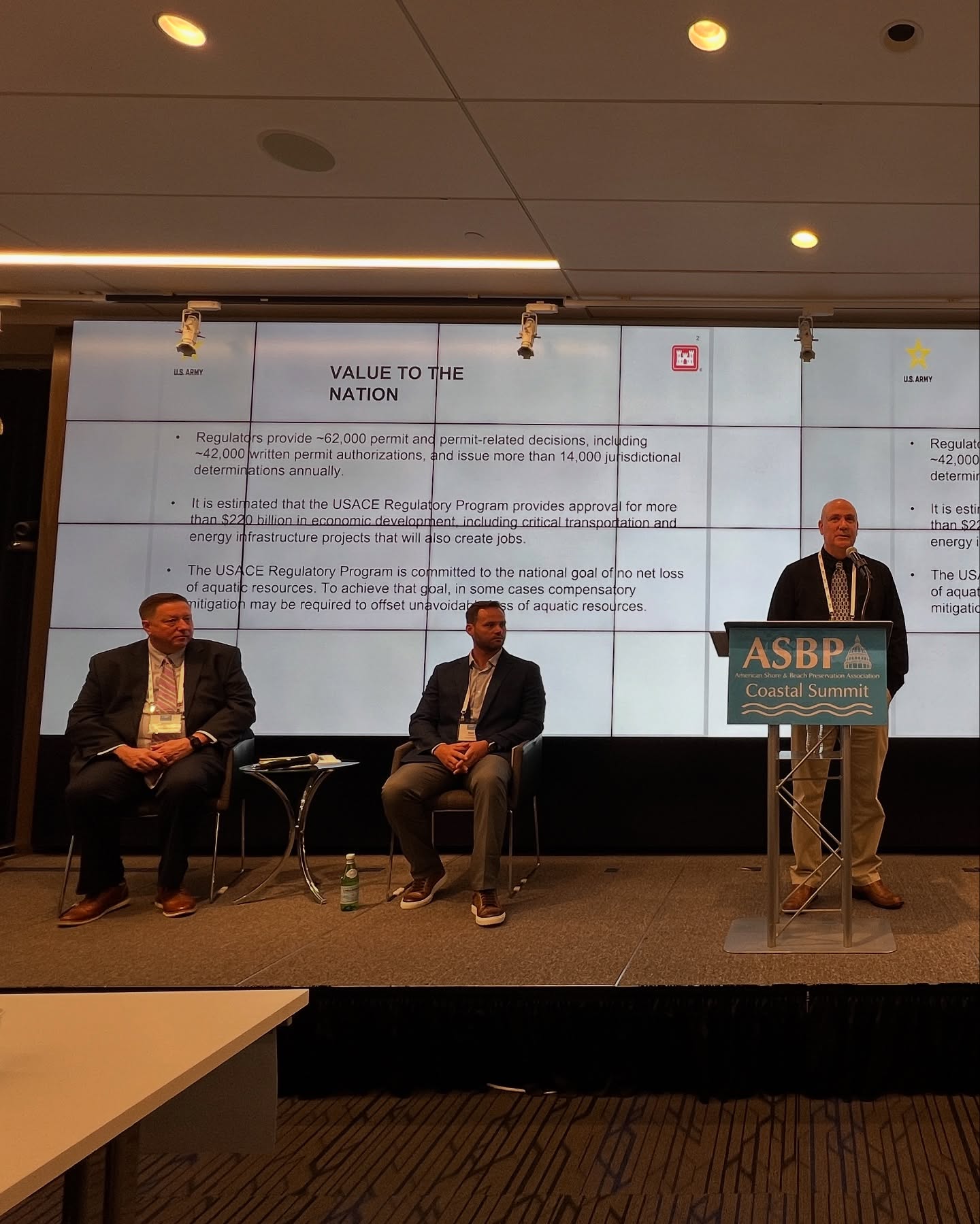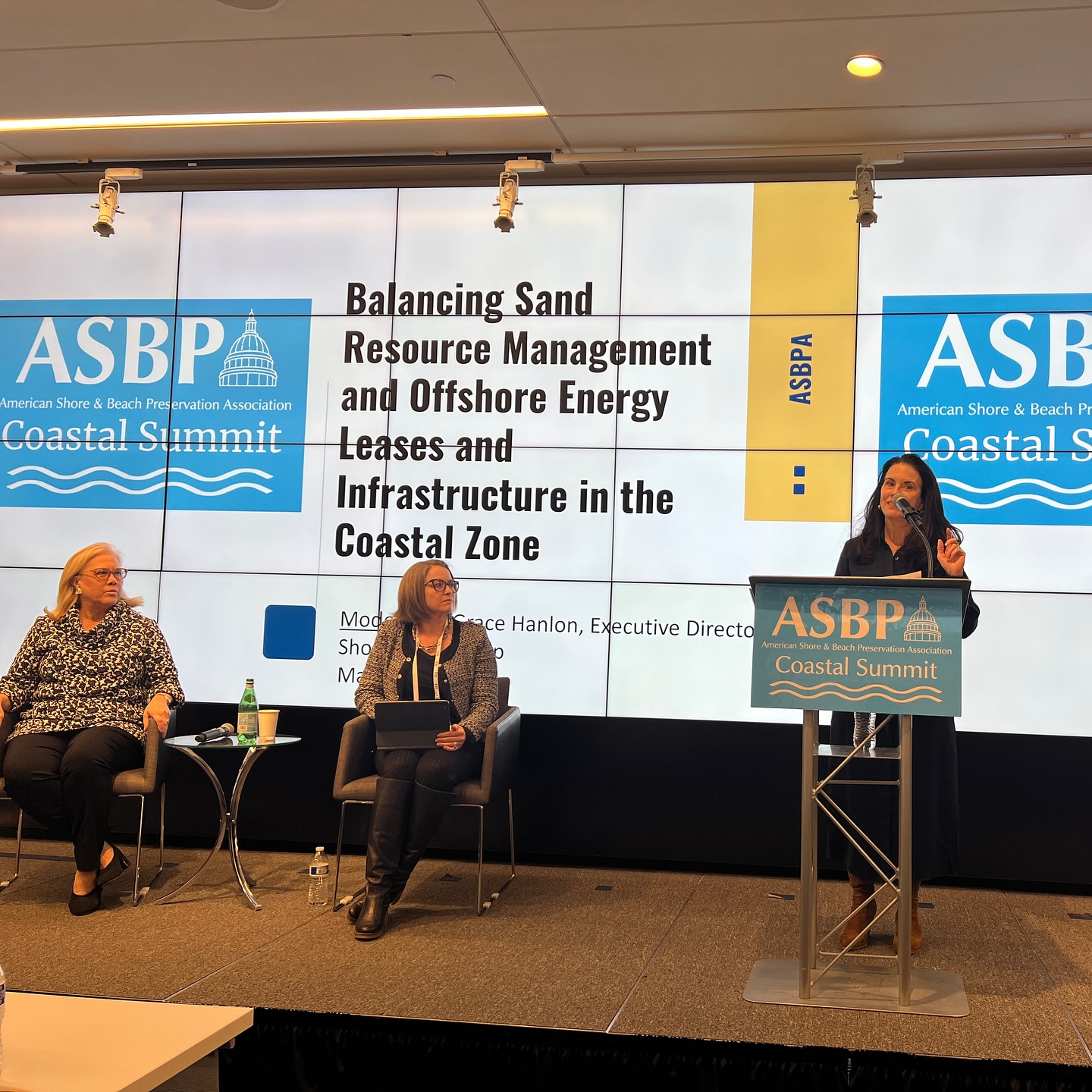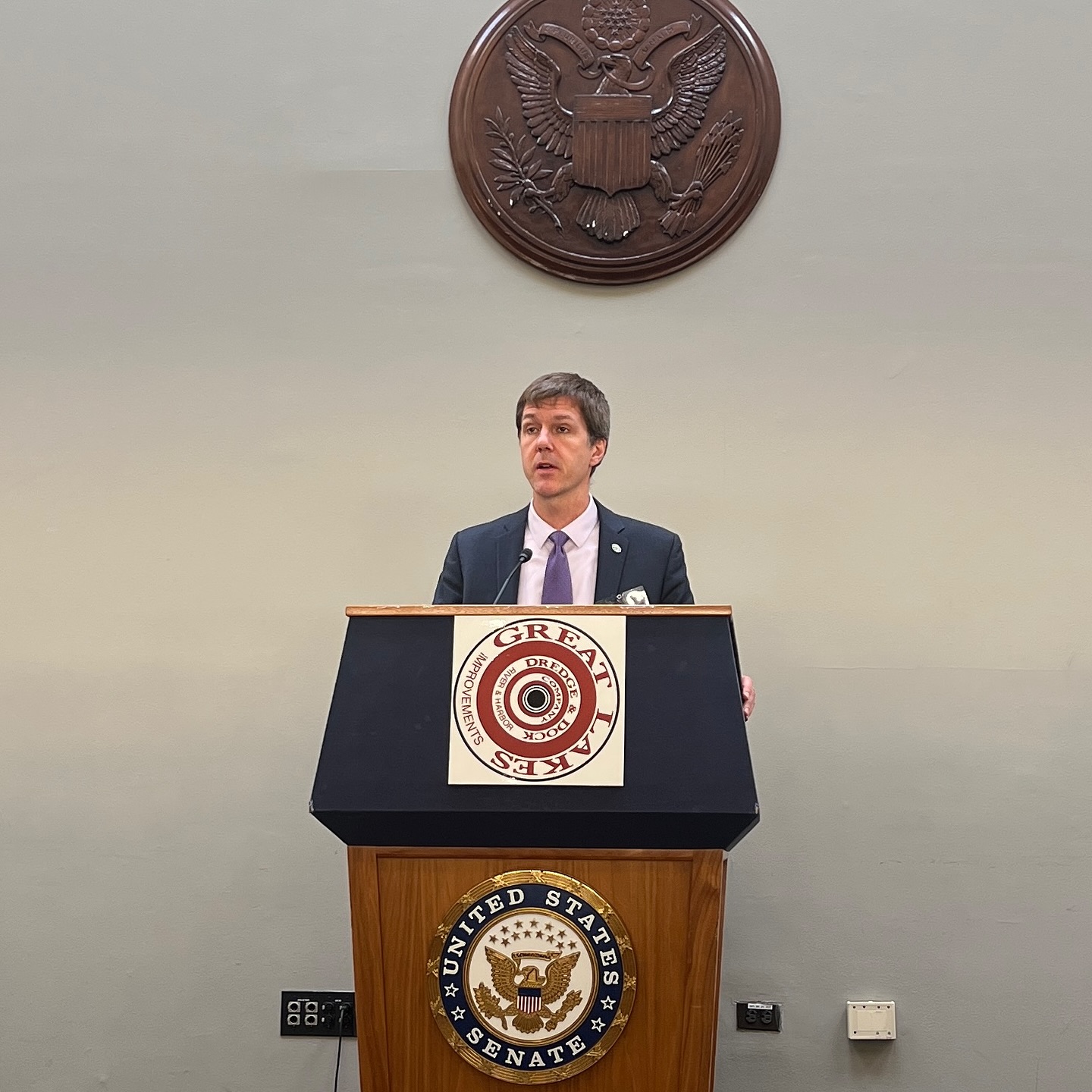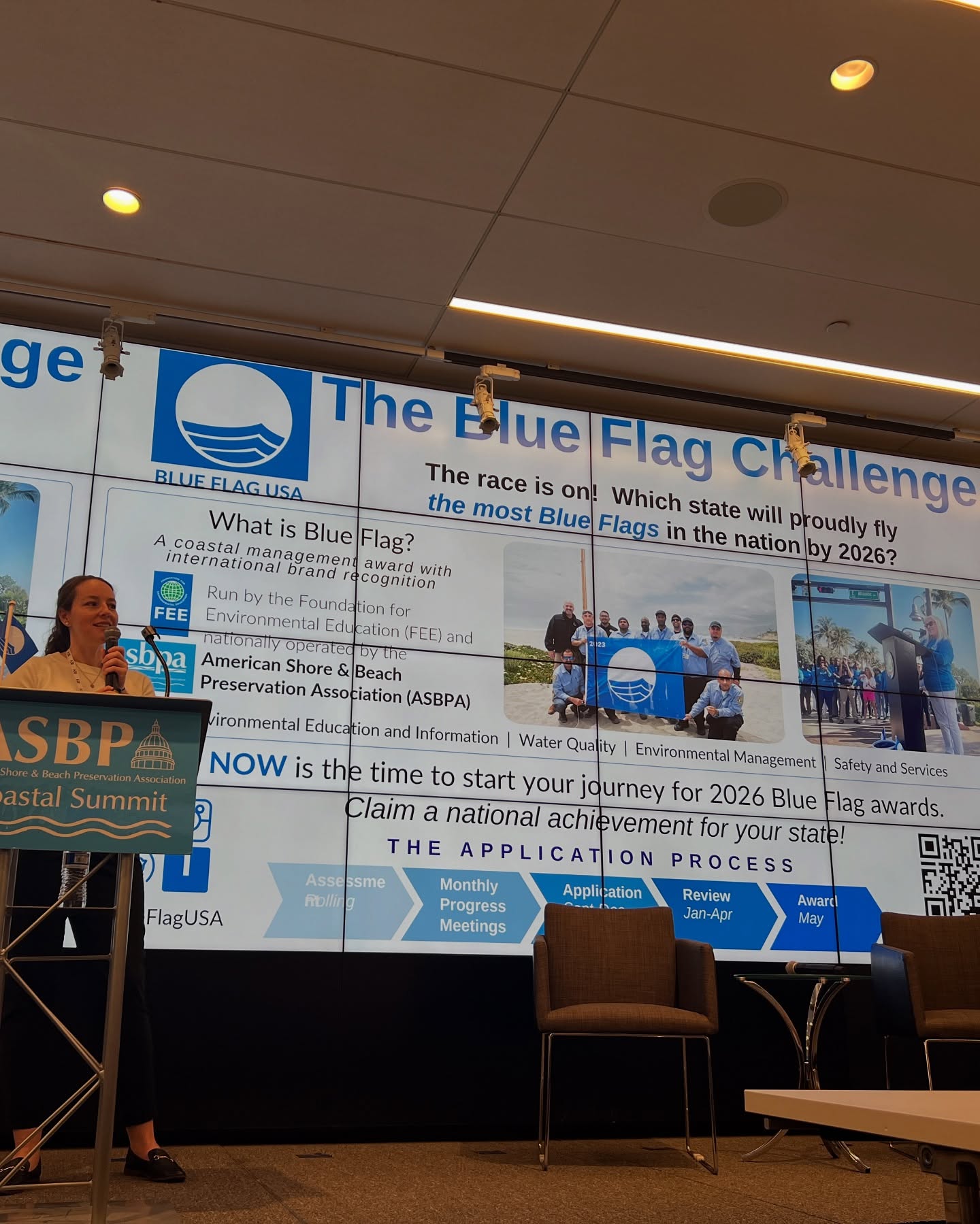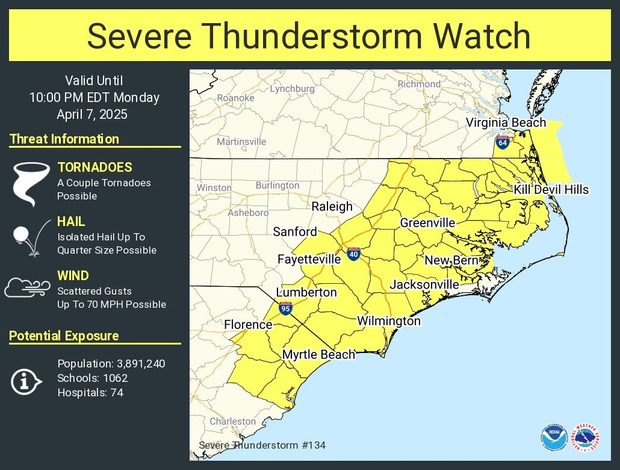NPS releases some details of plan to comply with new legislation
The National Park Service today released some details on how Cape Hatteras National Seashore officials plan to address legislation passed by Congress in December that makes some changes in the seashore’s Off-Road Management Plan.
The Cape Hatteras legislation, passed as part of the National Defense Authorization Bill, instructs the Secretary of Interior to review and adjust wildlife protection buffers, keep them in place the shortest possible duration, designate vehicle and pedestrian corridors around resource closures, and confer with the state of North Carolina on certain buffers and protections.
It also makes other modifications to the final ORV plan, such as conducting a public process to consider such changes as the earlier opening of beaches that are closed at night during the summer, extending seasonal ORV routes in the fall and spring, and modifying the size and location of vehicle-free areas.
The seashore’s new superintendent, Dave Hallac, who took over the job just a little more than a month ago, said in an interview last month, that park officials “are actively working on all parts of the legislation, we’re taking it very seriously, and I’m going to be looking for ways to involve the public as we move forward.”
Hallac has been working closely and meeting with Park Service officials in the regional office in Atlanta and in Washington, D.C. He made another trip to both cities just a few weeks ago.
Hallac said again today in a news release that seashore staff began the process in early January of reviewing and complying with the legislation.
The law provides 180 days for the Secretary of the Interior, in coordination with the State of North Carolina and in accordance with applicable laws, to review and modify wildlife buffers and designate pedestrian and vehicle corridors around buffers to allow access to areas that are open in the seashore.
The Secretary of the Interior must report back to Congress within one year after the date of enactment of the Act.
“The schedule is ambitious but we will do our best to utilize input from the public, our experienced staff, and the assistance from other State and Federal agencies, to implement the legislation,” Hallac said in the news release.
He said that The Outer Banks Group plans to use a four-step approach:
1) Review the best available science on wildlife buffers, in coordination and consultation with state and federal agencies, to consider modifications to buffers currently used by the seashore and possible new ORV corridors.
“We anticipate making any proposed modifications available for public input and review later this spring, he said.
2) Launch a series of public discussion meetings in late May or early June to gather and consider input on morning openings, extending seasonal ORV routes, and modifying vehicle-free areas and to develop a plan to implement appropriate changes.
3) Review the current beach access construction projects schedule for possible reprioritization towards those projects that provide vehicle access points in critical areas.
4) Report back to Congress by December 19, 2015.
The seashore’s staff will be supplemented, he said, by NPS employees from the Southeast Regional Office and in consultation with other federal and state agencies who share responsibilities and management of natural resources.
In addition, the seashore will post updates to the park webpage at: http://www.nps.gov/caha/parkmgmt/2015ndaact.htm with accomplishments to date and Frequently Asked Questions (FAQs) about the process. Updates via press releases will be issued every two weeks or as significant progress is made.
One question on the website asks if any changes will be made to the way ORVs are managed before this summer.
“It is possible that proposed changes to wildlife buffers or the proposed establishment of corridors around closed areas may be put into place during the summer of 2015,” park officials say in response. “The efforts to consider modifying the Final Rule will take more time and potential changes are not expected to be implemented during the summer of 2015. In this interim period, ORV use will continue to be managed under the current seashore ORV Management Plan and special regulation.”
RELATED ARTICLES
Senate passes defense bill that includes changes to seashore’s ORV plan
House passes defense bill that includes changes to seashore ORV Plan
U.S. House, Senate poised to pass bill that would change seashore’s ORV plan
Editor’s Blog: ORV legislation is very significant for access advocates


